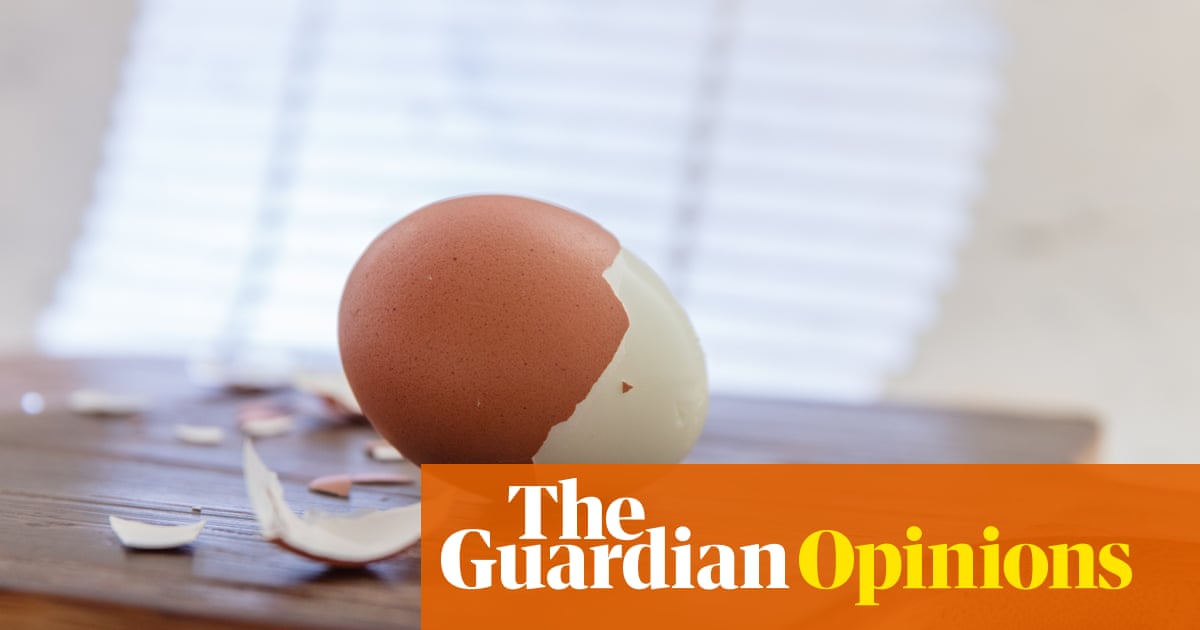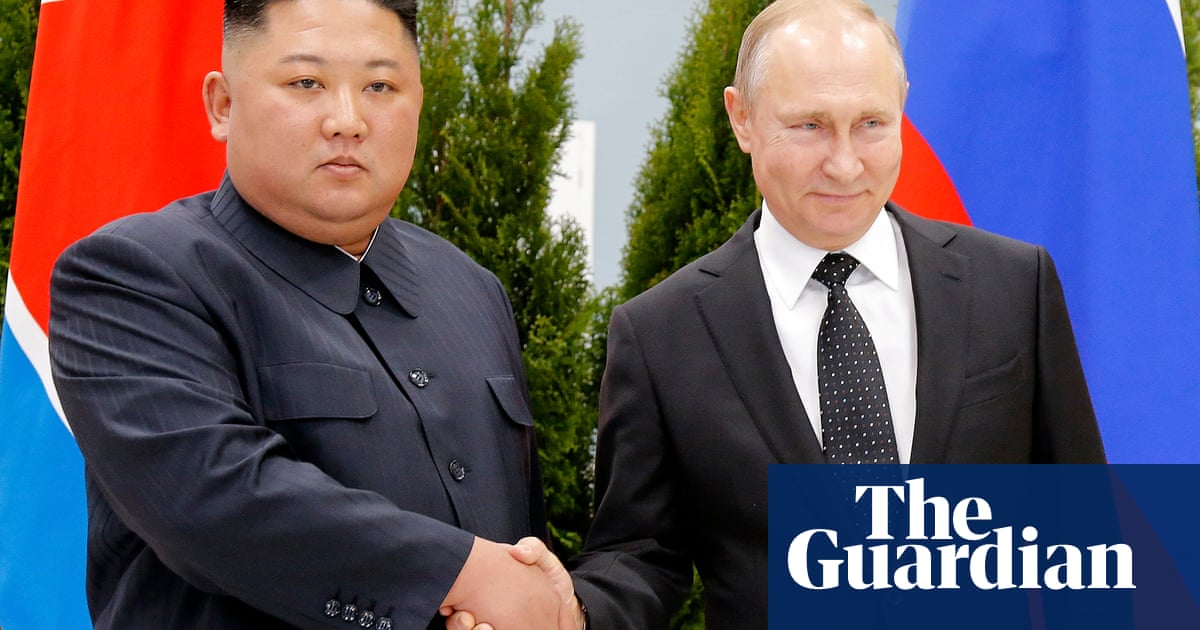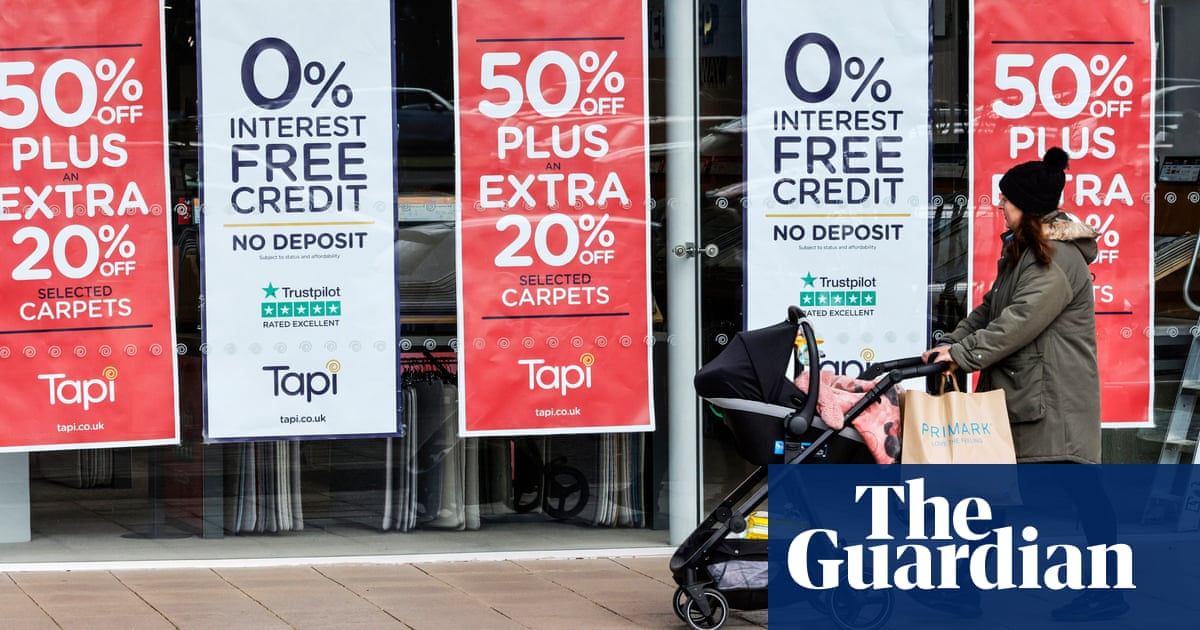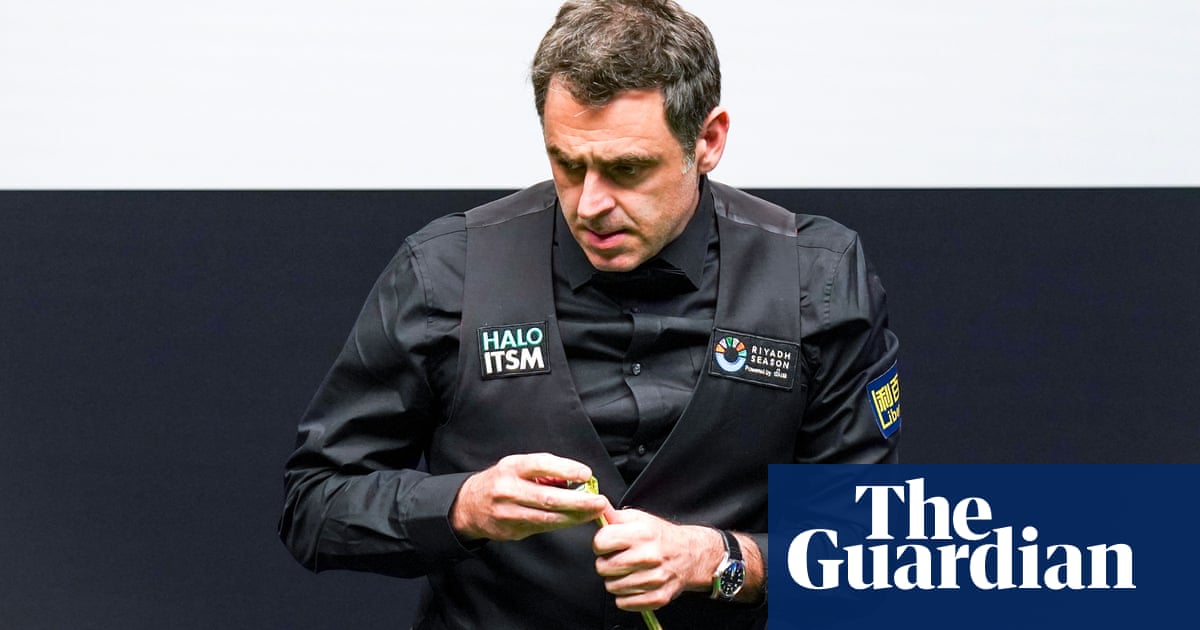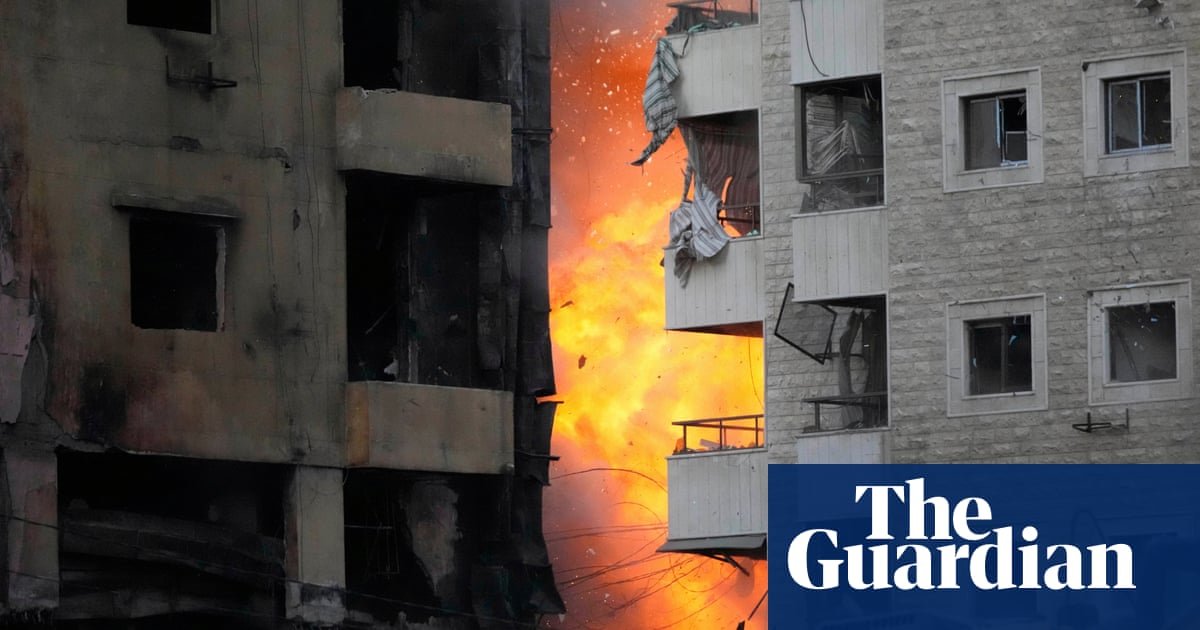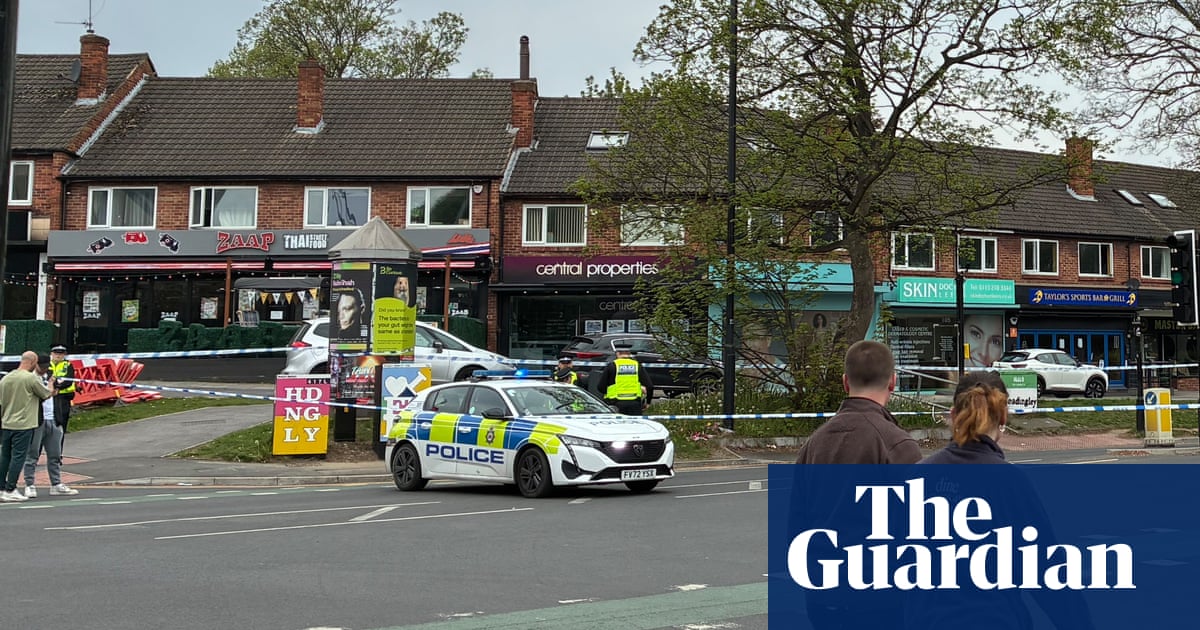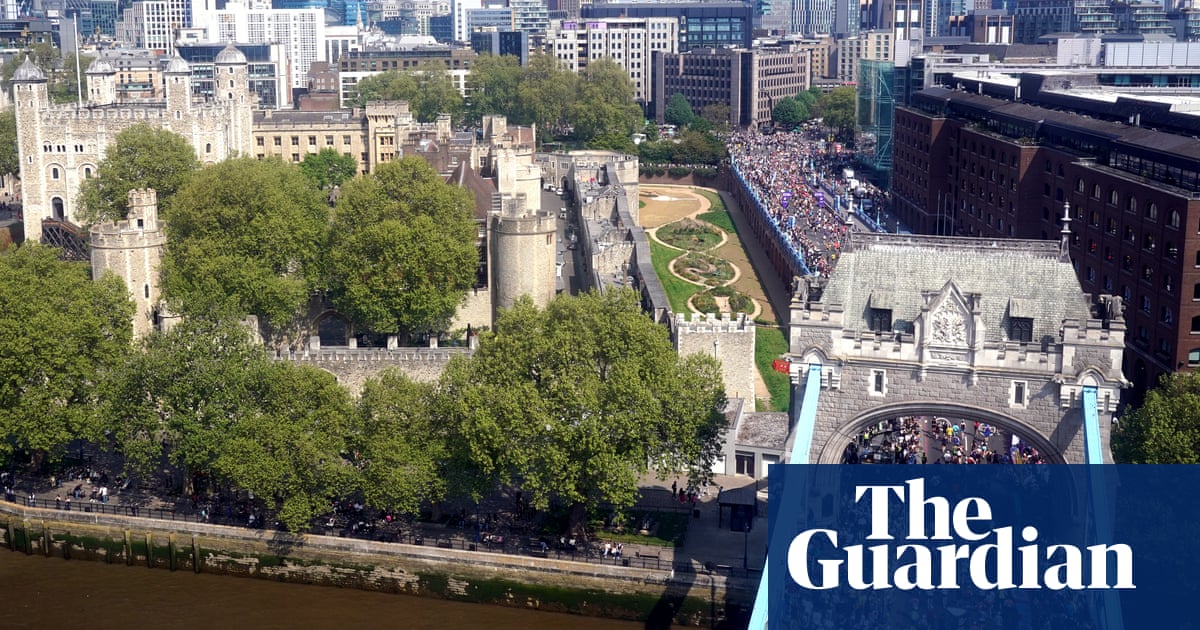Everyone experiences a moment that shapes who they are – a moment when childhood innocence is lost, and the burdens and traumas of the world become clearer.
For me, that moment occurred in elementary school when my friend discovered a gun in Englewood, New Jersey’s Denning Park. For days, I worried about what might be lurking behind the trees and in the shadows. This anxiety lingered through high school; I even wrote in my local newspaper that “I couldn’t remember anything more frightening for a young girl in elementary school”.
Looking back at the violence-obsessed, fear-driven 90s, I thought dangerous people and violent weapons were the biggest threat to my body. It turns out that an invisible villain may have been the real danger.
Back then, my suburban town of hardworking families felt like the heart of the Black American dream. Not perfect, but peaceful. Redlined, but filled with love.
We lived in the shadow of factories factories bordering our beloved park. Companies such as the LeDoux Corporation, a chemical testing company that had worked on everything from the Manhattan Project to the moon landing, were just steps from the swings.
While I was consumed by the potential danger of some shadowy, gun-toting figure, the real pain I felt was internal. My reproductive system betrayed me month after month, leaving me doubled over in excruciating pain. While the world validated my fear of violence, my period pain – marked by ER visits, surgeries and more than 30 Aleve each cycle – was dismissed as “in my head”. No one asked questions or explored its cause, let alone its potential environmental roots.
Instead, I was handed birth control pills and told to go about my merry way, even though Black people are far more likely to live in areas filled with environmental toxins that can harm fertility. We’re 75% more likely to live near industrial facilities and breathe air that’s 38% more polluted than what white communities are exposed to.
Discussions about toxins and the environment usually focus on cancer. However, a recent Human Rights Watch report found that air pollution is linked to gestational diabetes, pre-eclampsia and fibroids. On the heels of Earth Day and Infertility Awareness Week, it’s worth remembering that contaminants such as heavy metals and industrial solvents are associated with infertility and pregnancy complications due to endocrine disruption.
Uranium exposure can disrupt menstrual cycles and contribute to conditions including endometriosis, which I had, and can impact fertility. These contaminants lower egg quality and increase the risk of miscarriage.
Last year, I began a documentary about how the climate crisis – flooding, heat, wildfires, hurricanes – affects Black people who are pregnant or trying to conceive. It was an urgent story that felt both intimately familiar and strangely distant, since many of their environments were marked by large factories, disastrous floods and devastating hurricanes.
Across the country, their stories echoed mine: shame around infertility, questions of illness and correlation, dismissive doctors and public officials, and frustration that their stories would go unheard, or worse, that their lives just didn’t matter.
I first heard from Marquita in Tennessee, who put it this way: “When a woman, through no fault of her own, doesn’t have a viable pregnancy, sometimes people make it seem as if it’s her fault. There is a conversation happening about Black maternal health, but I feel like they’re not connecting it to pollution.”
Then there was Shamell in Louisiana’s notorious “Cancer Alley,” who talked about being blamed for her infertility. “I learned I wasn’t ovulating because I was insulin resistant. Chemicals like benzene are endocrine disruptors that contribute to diabetes. It’s not necessarily what you’re eating or drinking.”
It wasn’t until my mom mentioned that Denning Park had been closed due to concerns about toxic contamination from the factories falling into the brook behind the park (which was flooding more frequently because of the climate crisis) that the link between it all became clear to me.
An old family friend posted about growing up in the park in the 60s and 70s: “As kids, we always played in the brook and thought it was fun when the water changed colors and stained our hands … Our neighborhood smelled like rotten eggs every day when we came home from school, which I now know was the smell of sulfur. I can only imagine the toxins we were exposed to.” My fears were validated, and I hoped for answers about my reproductive health issues.
In February, a city council meeting revealed that 37 samples from the park had tested negative for radiation, with no history of radiation found and the park was reopened. While some felt relieved, others called for more expansive chemical testing. A frustrated councilmember criticized residents for raising the contamination issue and essentially claimed the park was a red herring. He claimed that they were playing politics and mad over a development project for a cannabis factory and new apartment complex, and their complaints had led to the city losing a grant: “We need to ensure that discussions are based on knowledge, not wild speculation.” Yeah. Wild speculation about a park next to a place where a package of uranium went missing in 2005.
It reminded me of Kay Gaudet, a Louisiana pharmacist who raised alarms in the 1980s about chemical exposure leading to increased miscarriages, only to be met with skepticism. One industry official told the Washington Post in 1987: “They say the chemical plants are causing the miscarriages, but they have no proof. I could say they screw too much, and that’s the cause of the miscarriages. But then I would have no way to prove that.”
Like the residents of those communities, the burden of proof fell on folks in my old neighborhood, and their worries were cast as “speculation” instead of a legitimate call for further investigation. Meanwhile, rollbacks in Washington under the Trump administration to the National Institutes of Health and Centers for Disease Control and Prevention have only made it harder to conduct environmental studies and reproductive health research.
Growing up, I never imagined that something invisible – something without a face or a trigger – could be responsible for my pain. Like so many others, I may never find concrete answers. The connection between the environment and my reproductive health isn’t a clean narrative. It’s messy, complicated and doesn’t fit neatly into a single report. But that doesn’t mean it’s just a story that shouldn’t be taken seriously.
I moved away from Englewood years ago, but my mom still lives there. I wanted my children to play at Denning Park, enjoy all the laughter and smiles like I did. But now I’m not sure if it is safe, not because of guns or shadowy figures, but a system of intersectional oppressions that have ignored the voices of Black and Brown communities and disregarded women’s stories.
When we reflect on “wild speculation” by Aristotle or Galileo, we call it a hypothesis, not some type of paranoia. This scrutiny is how we get closer to the truth; how we investigate and understand harm, especially harms that are more subtle than a gun in a park.
-
Reniqua Allen-Lamphere is a film-maker and writer. She created the documentary Infertile Ground and founded Oshun Griot, a digital platform for people of color navigating infertility. Her next book, Fertility Noir, on Black experiences with infertility, will be published by Penguin Random House

 11 hours ago
14
11 hours ago
14



